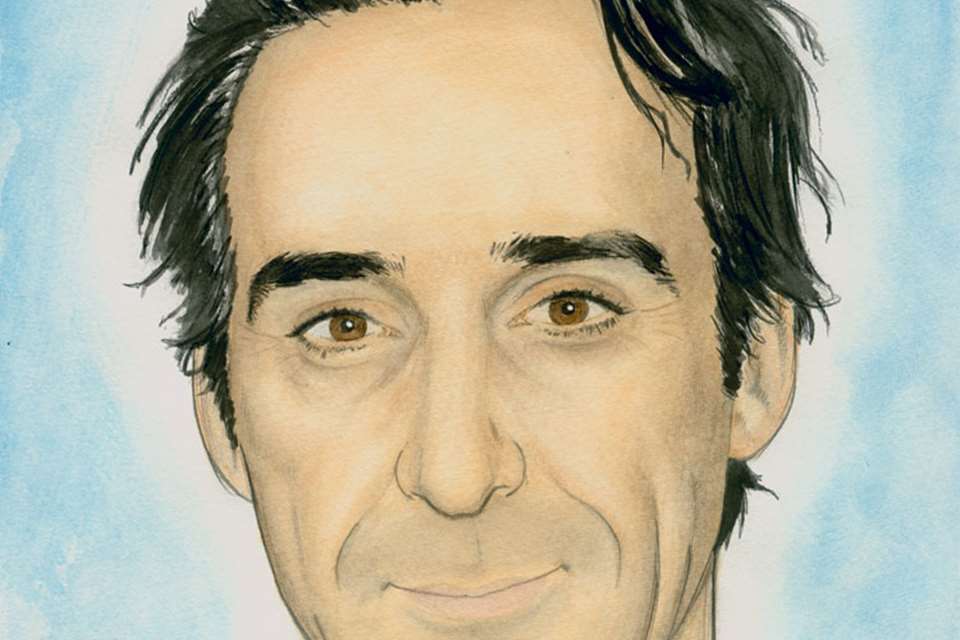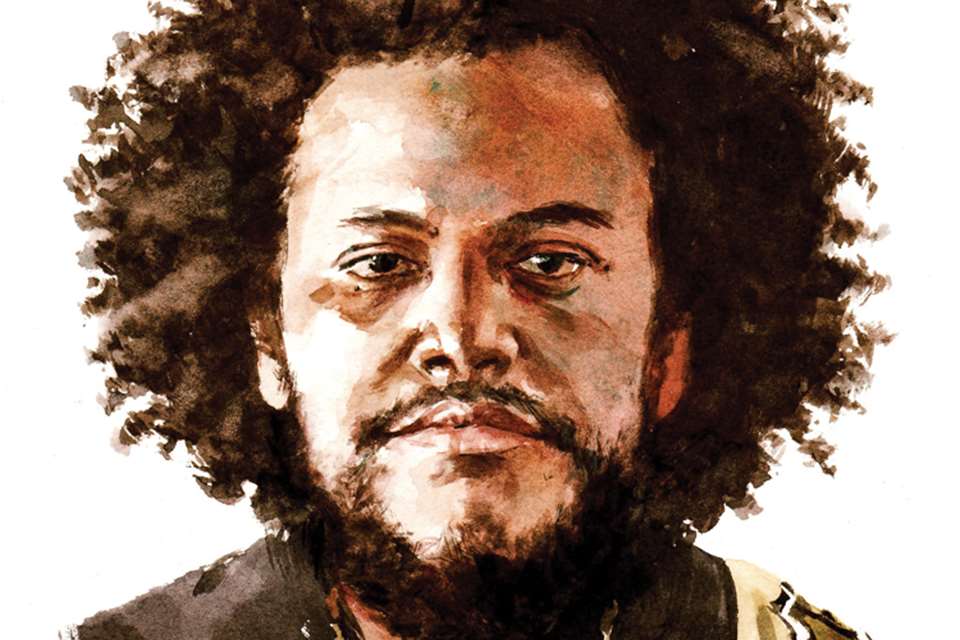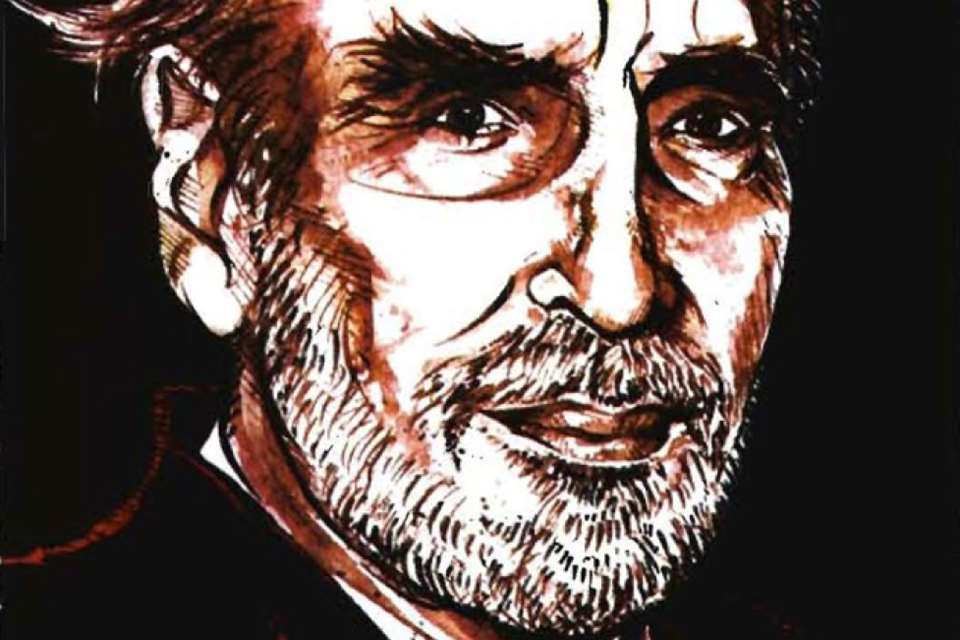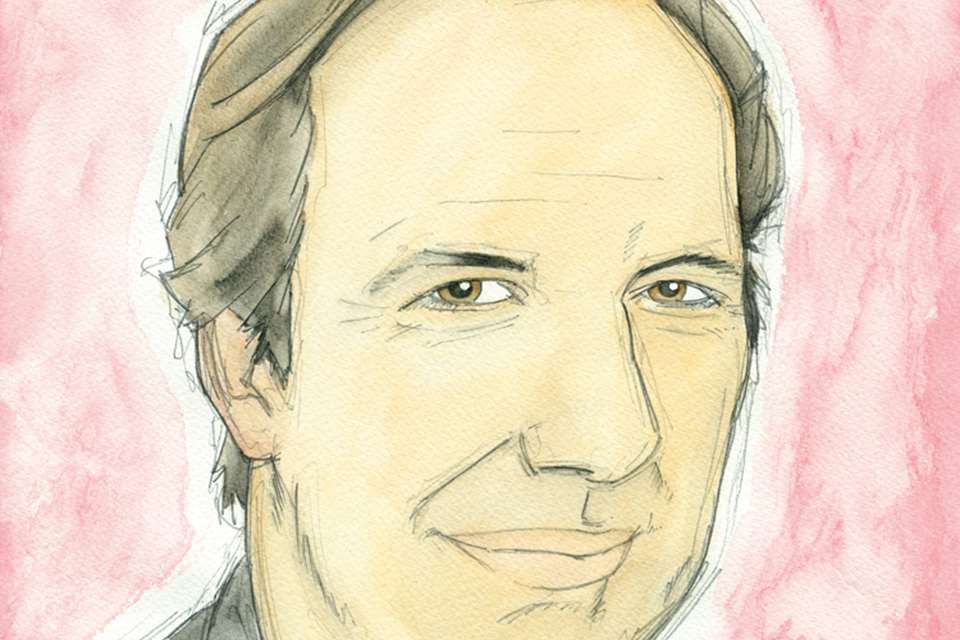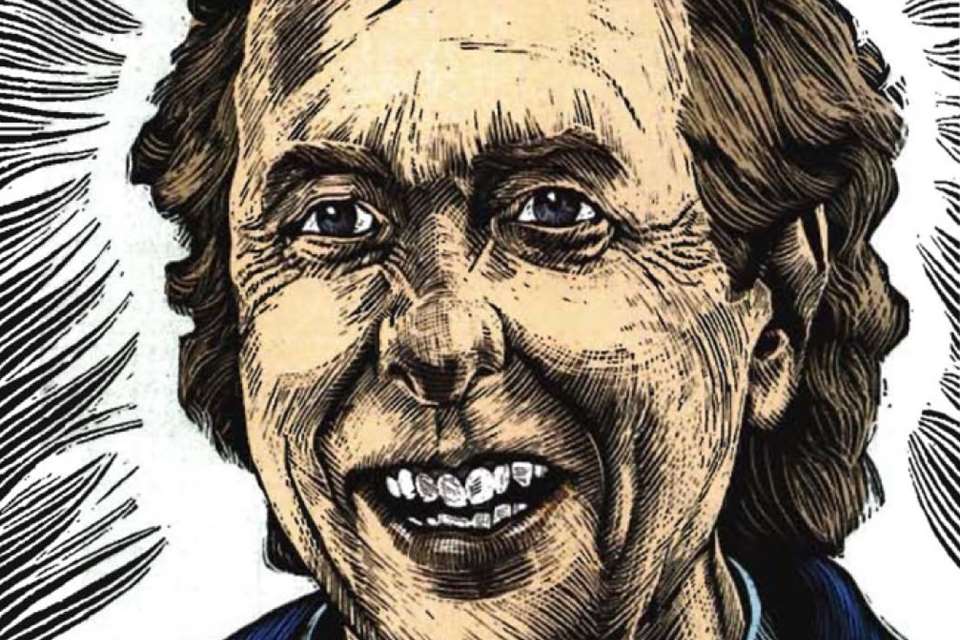Martin Scorsese | My Music: ‘Music and film are almost one and the same’
Tuesday, April 2, 2013
The award-winning film director talks about his love of opera and how music inspires his movies
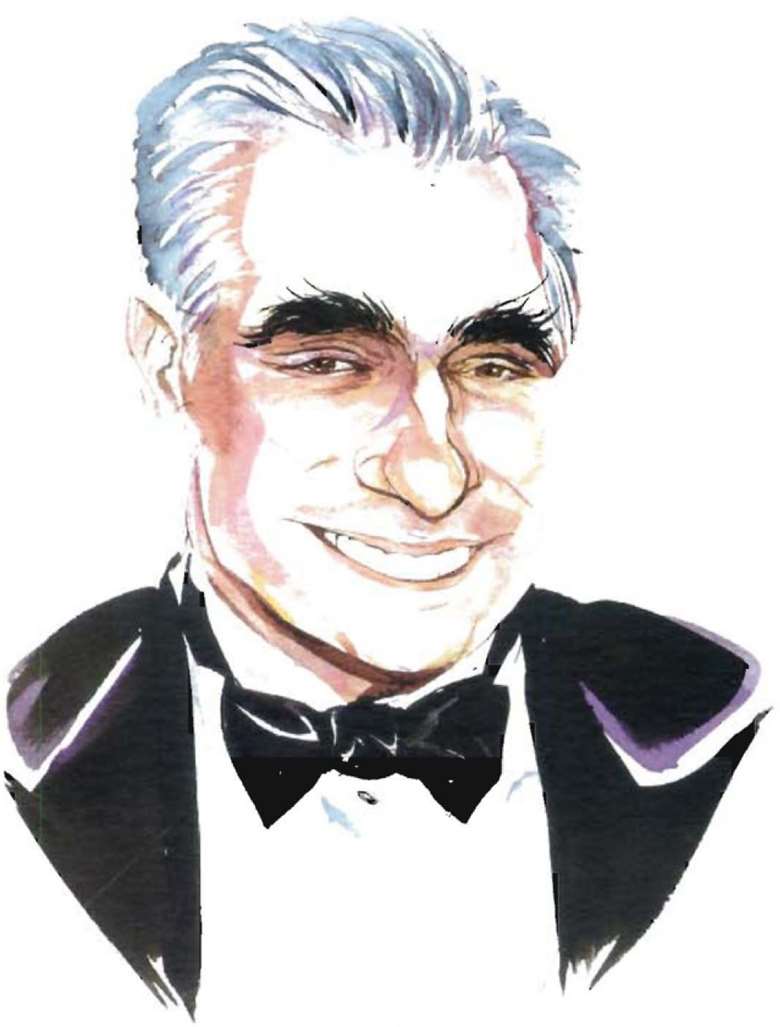
Register now to continue reading
Thanks for exploring the Gramophone website. Sign up for a free account today to enjoy the following benefits:
- Free access to 3 subscriber-only articles per month
- Unlimited access to our news, podcasts and awards pages
- Free weekly email newsletter




